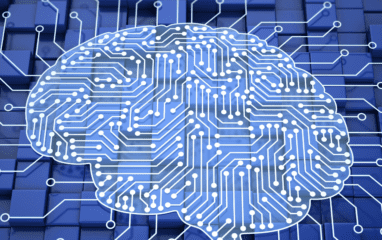Facial Recognition: How Does it Really Work?
Facial recognition technology is rapidly becoming a part of our everyday lives, from unlocking our smartphones to speeding up airport security. But how does this futuristic technology actually work? Let’s break it down:
1. Face Detection:
It all starts with finding faces in an image or video. Sophisticated algorithms scan the visual data, looking for patterns that indicate the presence of a face. These algorithms are trained on massive datasets of images, learning to identify faces regardless of their position, angle, or lighting.
2. Feature Extraction:
Once a face is detected, the system analyzes its unique features. This involves measuring the distances and relationships between key facial landmarks, such as:
- Eyes: Distance between eyes, eye shape and size.
- Nose: Nose bridge width and length, nostril shape.
- Mouth: Width, lip curvature, and distance from nose.
- Jawline: Shape and angle of the jaw.
- Cheekbones: Prominence and position.
These measurements create a unique “facial signature” or template, a mathematical representation of the face’s geometry.
3. Face Comparison:
The extracted facial signature is then compared against a database of known faces. This database can contain images of employees, registered users, or even individuals flagged in watchlists. The system calculates the similarity between the input face and the faces in the database.
4. Match or No Match:
Based on the comparison, the system determines whether a match is found. A confidence score is often generated, indicating the likelihood of a correct match. Depending on the application and security requirements, a threshold is set to determine whether access is granted or further verification is needed.
Types of Facial Recognition:
- 2D Facial Recognition: Analyzes 2D images, making it susceptible to variations in lighting and pose.
- 3D Facial Recognition: Uses depth sensors to capture a 3D model of the face, making it more accurate and less vulnerable to spoofing.
- Thermal Imaging: Detects facial heat signatures, enabling recognition in low-light conditions or even when faces are partially obscured.
Applications of Facial Recognition:
- Access Control: Unlocking smartphones, granting building access, verifying identity at ATMs.
- Security and Surveillance: Identifying suspects in criminal investigations, enhancing security at airports and public spaces.
- Law Enforcement: Identifying missing persons, tracking individuals in crowds.
- Retail and Marketing: Personalizing customer experiences, analyzing customer demographics.
Ethical Considerations:
While facial recognition offers numerous benefits, it’s important to address ethical concerns:
- Privacy: Protecting personal data and ensuring responsible use of facial recognition technology.
- Bias and Accuracy: Addressing potential biases in algorithms and ensuring accuracy across different demographics.
- Transparency and Consent: Being transparent about the use of facial recognition and obtaining informed consent.
NEO Security and Facial Recognition:
NEO Security offers advanced facial recognition solutions tailored to your specific needs. We can help you implement this technology responsibly and effectively, enhancing security while prioritizing privacy and ethical considerations.






